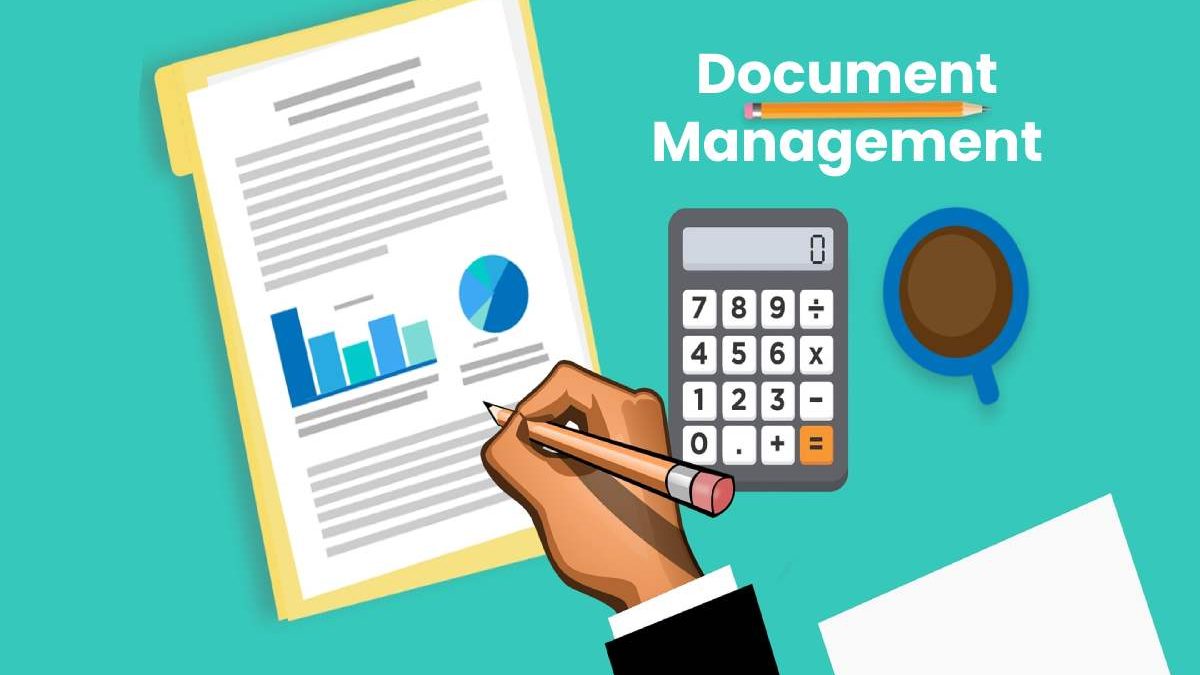Document management is the set of technical standards and practices used to manage documents of all kinds, received and created in an organization, facilitating the recovery of information from them. Determine the time that records must be kept, eliminate those that no longer serve and ensure the long-term conservation of the most valuable documents, applying principles of rationalization and economy.
Table of Contents
The Advantages of Keeping a Document Control

Although we have already made a minor spoiler, the truth is the benefits of document management in your business are many and varied. Don’t you believe us? Please keep reading and tell us when you finish.
Save space
How many papers move in your work at the end of the day? Lots of? Few? Did you know? The truth is that it does not substance because, although the amount is low, it is surely a figure to take into account after a year. And if it’s not a year, it will be after 2, 5 or 10. Sooner or later, all those documents won’t physically enter the office, and you’ll have to buy a warehouse or find another type of solution. However, with document management, this problem disappears. Of course, it also takes up space (you need some servers that have to be place somewhere), but I think that it will be difficult for that area to grow. Not to mention that if an outside company manages it, you won’t even need that space. And don’t forget about the space you gain on your table.
You Have a Digital Version of Important Documents
In the post about digitalizing documents, we discussed the advantages that having a digital version of these brings to your business. That is why we will not expand much and, by way of summary, we will tell you that:
- It is safer.
- They are easier to share.
- It don’t spoil.
- They are suitable for the environment ( and green marketing sells! ).
- And remember that there are applications to scan documents with your mobile phone.
Access to Information Is Easier
Digital marketing is excellent because it allows companies to sell more, get to know their customers better, and have many other advantages. But of course, it also has a dark side: now your business receives information through many more channels. And that in itself is not bad, but it does make it difficult for communication to be fluid between the different functional areas of your business. However, if it is manage correctly as that data is translate into documents, everyone will know where they are and can access them.
Increase the Efficiency of Workers
Some studies ensure that workers spend 9.3 hours a week looking for the information they need. That is, more than one working day. It is a problem that is eradicate thanks to document management, and it is that, as we have just mentioned, the information is more at hand, which reduces the amount of time needed to find it and, therefore, they will be more efficient.
Promotes Teamwork
Every day that passes, knowing how to work as a team becomes more important for a business. That is why looking for the tools and techniques that enhance something like this is essential, and document management is one of them. To begin with, as we have already seen, it is easier to share documents and information, which by itself already strengthens the union between employees. But it is also that it allows different people to work on the same document. It depends on the software used (although almost a standard).
It is Safer
In some cases, the information contained in your documents may be of little relevance. Still, in others, it will be the personal data of your workers, the income statement or other data that should not fall into the wrong hands. Not to mention your new releases that your competition would want to know at all costs. Industrial espionage is the order of the day! And what is safer, store it on a server with the latest technology against hackers or in a folder inside a filing cabinet?
The Disadvantages of Document Management and File Organization
Unfortunately, not everything can be advantageous, and this technique also has a less friendly side. Next, we tell you all the “buts” of document management.
It Has a Higher Cost
Although it should be seen as an investment and not as a cost, there is no doubt that a document management program is always more expensive than the more classic options. You have to pay for the equipment (or a company to take care of it), not to mention the problems that can arise with any kit (breakdowns, crashes, etc.) and that, at the rate that technology advances, can become obsolete every little time.
Employees Need Time and Training
Another drawback is that you have to change the method you work in the company, which takes time. Also, until the employees get used to it and change the chip, it is expected that there will be more errors. Of course, this whole process is faster if you train your employees with systems and talk about the new work methodology, so we recommend that you invest in training. In short, it is time to arm yourself with patience and be aware that changes always bring this type of problem, but the reward is well worth it.
Is it Less Secure
We have said yes before. What are we left with then? In that, yes, it is safer but not infallible. You must bear in mind that hackers are always looking for vulnerabilities in protection systems to break them, and therefore, the possibility of being attacked by hackers is always there. It is as accurate as it is that if you worry about keeping the system updated and the latest security patches, you make it more complicated, but it is a reality that you cannot ignore. Although it will not always be the hackers’ fault, the system can crash at any time and stop the activity of your company.
Conclusion
A document management system is use to receive, track, manage and store documents and reduce paper. In the case of the management of digital copies, such methods are base on computer programs. Greatest are capable of keeping a record of the various versions created and modified by different users.
Also Read: Facebook for Business: Discover How you Establish Marketing Strategies


